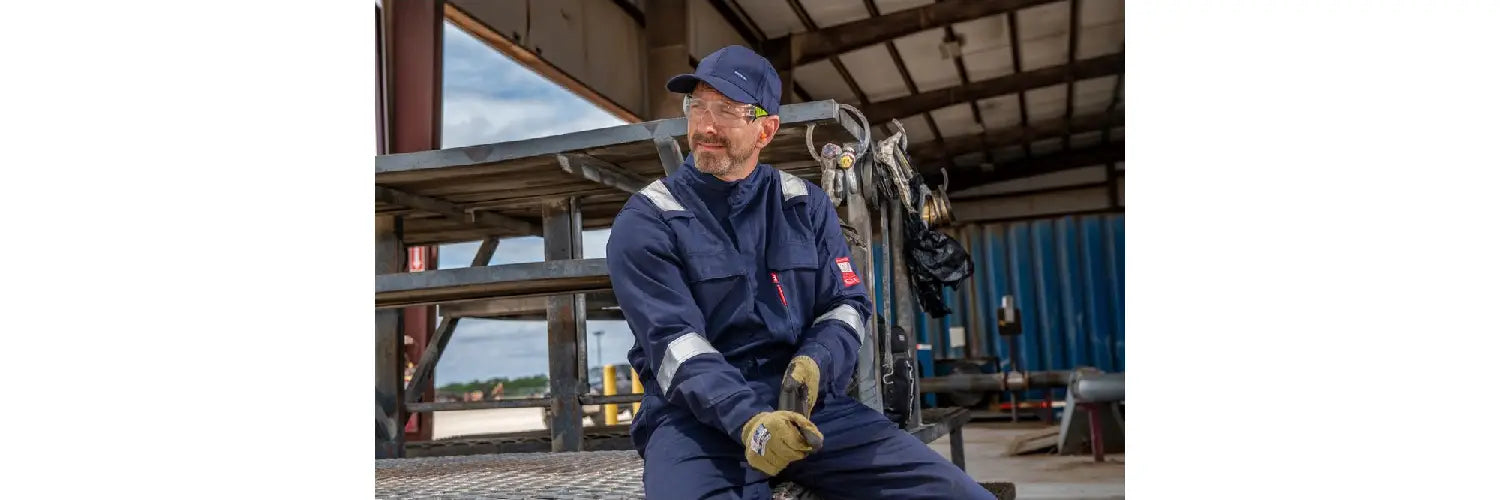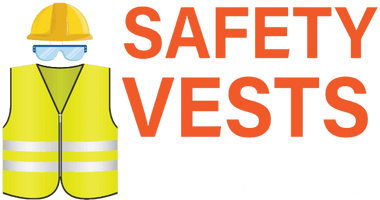
How to Measure for Coveralls?
It is important to choose the right coveralls for safety. To ensure you get the best fit for maximum protection and performance, this coveralls size guide will walk you through the tools required, measurement steps, and tips to choose the right coveralls.
Below is a breakdown of the body areas you need to measure for a snug and functional fit:
-
Chest
Wrap the measuring tape around your chest, under your arms, and across your shoulder blades. Keep the tape snug but not tight.
Pro tip: Round up to the nearest even number if your measurement falls between sizes.
-
Waist
Measure your natural waistline. This is just above the belly button.
-
Hips
Stand with your feet together and measure around the widest part of your hips and buttocks. When bending or kneeling, this ensures ease of movement and comfort.
-
Inseam
Measure from the crotch to the bottom of your ankles with your boots off. When sitting or lifting, the inseam is crucial for full leg coverage.
-
Torso (Girth or Trunk Length)
This is the essential measurement that is commonly overlooked. Measure from the top of one shoulder, down through the crotch, and back up to the same shoulder. Whether you need a short, regular, or tall size, this will be helpful for you to decide.
-
Sleeve Length
Measure from the center back of your neck to your shoulder and down to your wrist with your arm slightly bent.
-
Height and Weight
Many manufacturers use height and weight ranges in their sizing charts.
Why Proper Fit Matters in Coveralls
Coveralls are made to provide full-body protection against various workplace hazards, including chemical splashes, sparks, grime, and weather elements. The right coveralls will give you the right protection, whether you need oil and gas coveralls, welding coveralls, or coveralls for any other industrial setting.
A proper fit ensures:
-
Safe and full range of motion
-
No exposed skin or hanging fabric
-
Compliance with safety regulations
-
Comfort during long hours
Tools Required for Measuring Coveralls
You’ll need a few basic tools to take precise body measurements:
-
Flexible measuring tape: Necessary for wrapping around curved areas of the body
-
Notepad and pen: To note down the measurements
-
Mirror or assistant: For measuring hard-to-reach areas like back length
Pro Tips for the Best Fit
-
Measurements should be compared with the manufacturer's size chart. Coveralls might be sized differently by different brands.
-
Consider layering. You need to size coveralls accordingly if you’ll be wearing thermal layers underneath.
-
Opt for adjustable features. Opt for coveralls with snap cuffs and bi-swing backs for flexibility.
-
Tall or short build? If available, choose from short, regular, or tall sizes to suit your height.
-
Try before buying. Try a sample to test fit and range of motion, if possible, for specialized tasks like welding or climbing.
Common Sizing Mistakes to Avoid
-
Assuming your pants size is your waist size. Pant sizes often differ from actual waist measurements.
-
Ignoring torso length. Your torso length might be too short if your coveralls feel tight at the shoulders or crotch.
-
Not accounting for shrinkage. Check product tags for shrinkage notes, cotton or FR treated coveralls may shrink slightly after the first few washes.
Understanding Manufacturer Sizing Charts
Each brand might have its own sizing standards. Check for options from leading manufacturers that offer extended sizes and custom fits.
Getting the appropriate size is the foundation of safe and effective protective gear. This coveralls size guide helps you with everything needed to take accurate measurements and choose the best-fitting gear. To ensure both comfort and compliance with workplace safety standards, the right coveralls will give you the right protection.
Frequently Asked Questions
How do I know the right coverall size?
Measure your chest, waist, inseam, and torso length, and compare them to the manufacturer's size chart to select the correct size.
How do I need to maintain coveralls?
Follow the care label instructions: typically wash in cold or warm water, avoid bleach, and tumble dry on low to maintain durability and protective properties.
What is the best material for coveralls?
Cotton and polyester blends, along with flame-resistant (FR) fabrics such as treated cotton or Nomex, are ideal, depending on the work environment and the level of protection required.
When do we need to wear coveralls?
To protect the body from dirt, sparks, and contaminants, coveralls are required in hazardous work environments like construction, welding, oil and gas, and chemical handling.
